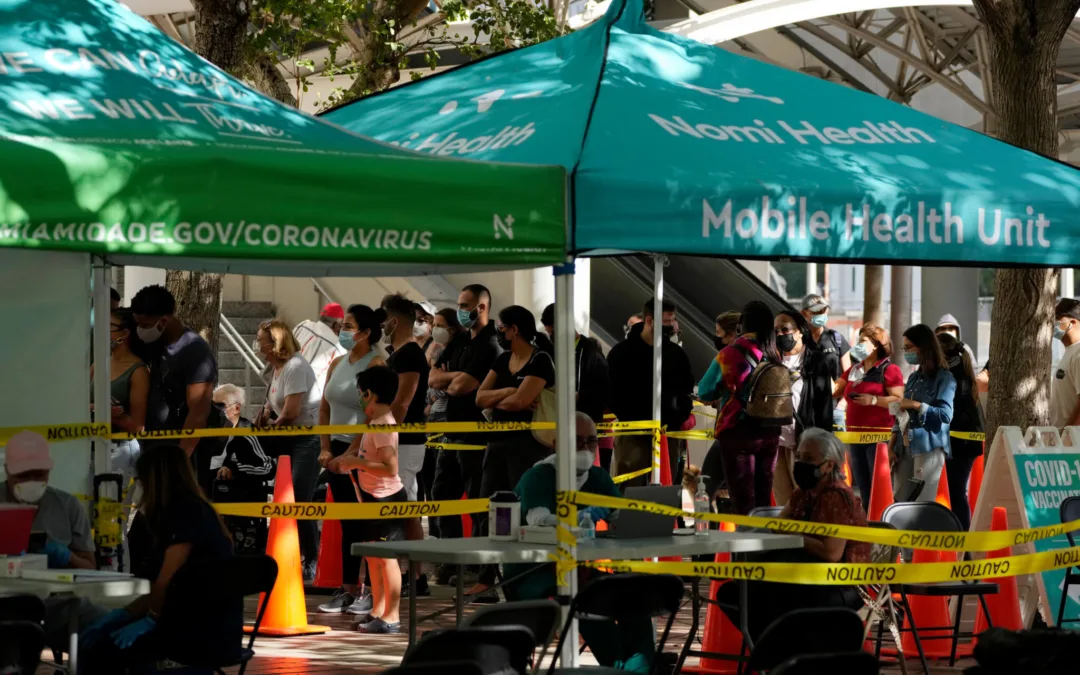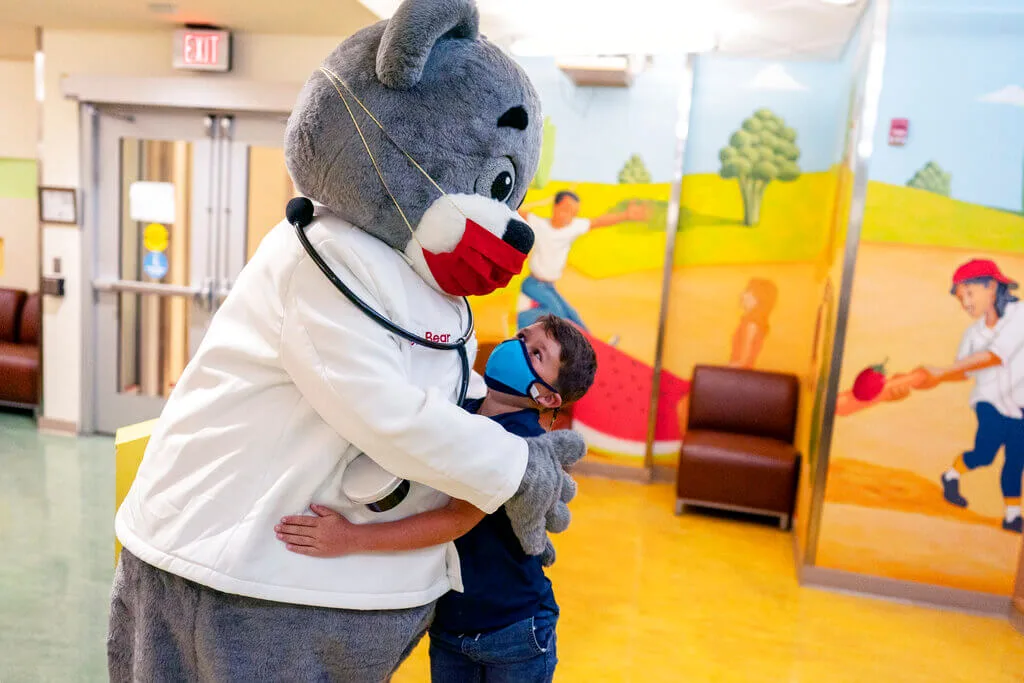
Image via courtesy of Puerto Rico National Guard
Here are some steps you must follow for the sake of everyone’s health.
Puedes leer este escrito en español aquí.
The holiday season is when more tourists and Puerto Ricans living abroad travel to the island. The warm climate and beaches are the main draws for visitors year after year.
In light of the 2020 pandemic, there are special rules that must be followed. The island is currently on orange alert, according to the Harvard Global Health Institute, because of the steady rise in COVID-19 cases since October.
RELATED: Puerto Rico’s Tourism Industry Is Suffering. High Season Is Not Looking Any Better.
The Centers for Disease Control and Prevention (CDC) has assessed Puerto Rico to be at contagion Level 3, which means that nonessential travel is discouraged.
As of Friday, the Health Department had reported 44,277 confirmed cases of COVID-19 and 1,058 possible cases. The island’s death toll is 991. Of those deaths, 775 are confirmed coronavirus deaths, and 216 are from symptoms similar to a COVID infection. There are 614 people hospitalized.
José J. Reyes, major general of the Puerto Rico National Guard, asked Puerto Ricans who live on the island and those who live abroad—especially in Florida—to understand that individuals are responsible for their health by following required travel mandates.
“We strongly recommend now is not the time to travel, unless there are extenuating circumstances,” Reyes told The Americano. “We are very close to vaccination. If you must travel, please help us with this personal and social responsibility. Get tested and follow all indications for coming to Puerto Rico and enjoying with your family.”
If you will be traveling to the island during the coming months, here is a step-by-step guide of the requirements Puerto Rico’s government and National Guard have in place:
- You must complete a traveler declaration at www.travelsafe.pr.gov. You will be providing your information, and the name and address of where you will be staying—be it with relatives, a hotel, or an Airbnb.
- As stipulated by the government when tourist travel resumed to the island —which was on June 15—every traveler must bring a negative molecular test result no more than 72 hours old. The second part of the traveler declaration offers three stipulations:
- The first asks if you have had a negative molecular test. You can upload a PDF of the test results. Once sent, you will receive a barcode, which you must copy onto your cell phone and present to National Guard officials in charge of screening passengers upon arrival. “This way, you will be on your way to baggage claim very quickly,” Reyes said.
- The second request is for travelers who do not have negative test results on hand. It asks for them to get tested in a lab authorized by the government of Puerto Rico.
- The third option requests quarantine at the place where you will be staying. “This is what’s established by the executive order,” the general said. “To not comply would imply two penalties: six months in jail or a fine of up to $50,000.”
- When leaving the plane, passengers will be directed toward exit terminals. In the hallways are 11 infrared cameras detecting if passengers have a high temperature. “If someone has a temperature, our personnel will come to them and bring them to an area within baggage claim where we’ve set up triage. In there, a more exhaustive evaluation will be done to see if it is COVID or not,” Reyes said. “We have fast molecular tests on hand.”
- If your temperature is normal, passengers go directly to the baggage claim area. After picking up luggage, National Guard officials will take temperatures and ask if traveler declarations have been filled out. If yes, you go to one line; if no, there is an area with 25 stations to fill out declarations. It is most recommended to have this done ahead of time.
- Passengers who have complied with the molecular test and have their barcode will be able to use an app from the Atlanta CDC that monitors the well-being of passengers and whether they have COVID symptoms during the next 14 days. “This is the monitoring system we have in place for travelers in Puerto Rico,” Reyes said.
- Once travelers are with their families, Reyes encourages following safety measures—wearing masks in public places, keeping 6 feet of distance, and avoiding gatherings. The current curfew is nightly from 10 p.m. to 5 a.m.
“Beaches can only be used for exercising. If you go to an establishment, it operates at only 30% capacity,” Reyes concluded.
RELATED: These Four Groups Will Likely Be First to Get COVID-19 Vaccine
Politics

Teamsters and UPS Reach Tentative Deal to Avoid Strike, 340,000 Workers to Get Raises
The tentative deal represents a huge win for full- and part-time UPS Teamster workers, who would get significant pay raises and better working...



One Republican Senator Is Blocking 265 Military Promotions, Leaving the Marines Without a Confirmed Leader
Sen. Tommy Tuberville's decision means these military officers are not getting the pay raises they’re owed, cannot move their families to wherever...
Local News



Teamsters and UPS Reach Tentative Deal to Avoid Strike, 340,000 Workers to Get Raises
The tentative deal represents a huge win for full- and part-time UPS Teamster workers, who would get significant pay raises and better working...



One Republican Senator Is Blocking 265 Military Promotions, Leaving the Marines Without a Confirmed Leader
Sen. Tommy Tuberville's decision means these military officers are not getting the pay raises they’re owed, cannot move their families to wherever...




